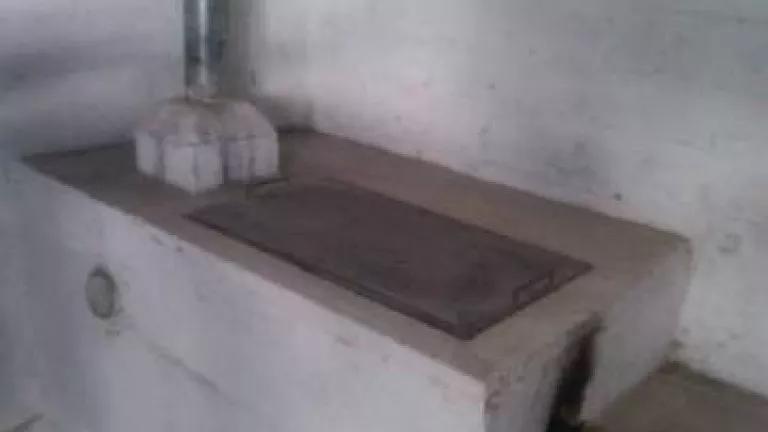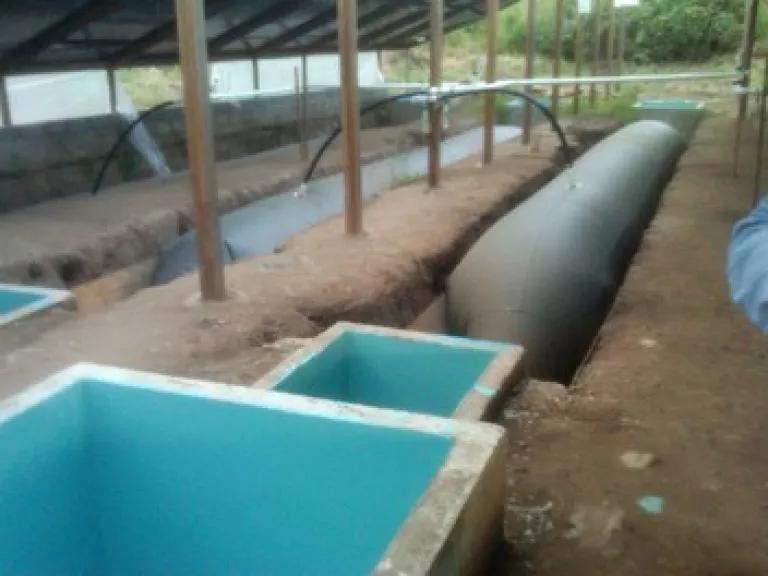
I’m just returning from Honduras, where I spoke at a conference at Zamorano, Central America’s largest agricultural university. What I said, about farm pollution and opportunities to reduce it, was not nearly as exciting as what I saw. The whole place was full of hope and energy and focused on the future--a total contrast to the bombastic naysaying and tunnel vision that seems to have taken root in this country.
Honduras has good reason to be excited about clean energy. It's one of the three countries in the world hardest hit by extreme weather events in the last two decades, according to Germanwatch's Global Climate Risk report. These events stand to become more frequent as the planet warms. The clean energy solutions being pursued at Zamorano will create a better future for the country and the region.
I was particularly impressed by Zamorano's Stove Center. Nearly half the people in Honduras rely on wood or coal for cooking fuel, which adds to global warming pollution while eating up valuable forest land. In fact, about half the people on the planet burn some sort of solid fuel in order to cook a meal. And the average cooking fire produces about as much carbon dioxide as a car.
(A cookstove in Honduras)
Aside from the big-picture environmental issues, traditional cookstoves are very smoky--a health hazard for the women and children who are traditionally inside the home (when they're not out collecting firewood). In this part of the world, a good stove can save time, money, and even lives.
There are many ways to build a cookstove, but not all of them are efficient, affordable, or will work well with locally available fuel or local cuisine. Zamorano hopes to establish a rating system that will help get the cleanest, most efficient stoves into people's homes.
One professor, Timothy Longwell, together with students, has set up a system to test cookstoves for efficiency and emissions of CO, CO2, and fine particulates. Fine particulates are the tiny particles scientists call PM 2.5, which can get into your lungs and cause breathing difficulties, and have been linked to deaths from lung cancer and cardiovascular disease.
Longwell is testing out a number of different stove designs in the homes of local families. For example, the “rocket” stove, a common design which uses a short chimney above the flame to improve air flow, is more efficient than a traditional stove, which often has no chimney at all.
Minor differences in design can make a big difference in efficiency – which means less wood used, less indoor pollution, and less global warming pollution. For example, in an efficient stove, the cross sectional area of the fire box (where the wood goes in) should be the same as that of the chimney above the flame and the same as the flue beneath the stove where the ash drops out.
I saw a “micro-gasification” stove that uses a small device to restrict the flow of hot gases released by the burning wood. Instead of letting these gases escape up the chimney, the gasifier brings in more air and combusts them, generating more heat than wood alone and reducing pollution.

(Some prototype gasifiers)
Even a simple improvement like using a rectangular metal plate as a cooking surface instead of a traditional square top can also boost efficiency – the heat flows better and there are fewer cool spots.
Some cookstoves are mass produced--Longwell is testing a Chinese model that costs about $30. And most cookstoves in Honduras and around the region are made from a few bricks and cement, locally obtained. Sometimes all it takes some ingenuity and a few tin cans. Longwell built the gasifier I saw out of out of old cans that used to hold beans.
Elsewhere on the Zamorano campus, I looked at biodigesters – essentially big plastic bags that hold manure or other biological waste and capture gas. Normally, manure decomposes and releases methane into the atmosphere, where it's a potent greenhouse gas (and harmful and dangerous). But methane is also a handy fuel. Biodigesters capture the methane through a tube on top, from where it can be piped into small furnaces that are used to heat water or air for drying crops. (This reduces farm odors, too.)

(Biodigesters)
Drying and storing crops is a major issue for small farmers all over the world. The huge silos of the Midwest won't work for farmers who need to store just a ton of grain or less. So while at Zamorano, we talked about different, inexpensive systems to build small-scale storage bins of corrugated metal, or plastic, or other material, to protect against mold, insects and rats. Without proper storage, small farmers can lose up to 30 percent of a harvest to pests or rot.
Being able to dry crops and store them efficiently would allow small farmers to sell their harvest throughout the year, not just at harvest time, when abundance keeps prices low. Putting the biodigesters together with the small-scale storage opens the door to effective, clean, agriculture at low cost.
These are just a few of the innovations I saw and heard about at Zamorano. It was a heartening reminder, in these days when most of our attention is on giant solar farms in the desert, or huge offshore wind farms, or (more depressingly) the clean energy witch hunt and our current political dysfunction, that clean and efficient energy is moving forward at all scales, all around the world, with all sources.
After so many months of working against a powerful current of political hot air and industry-funded propaganda here in the U.S., it was energizing to be in an environment where people were focused on solutions--and a better future.
